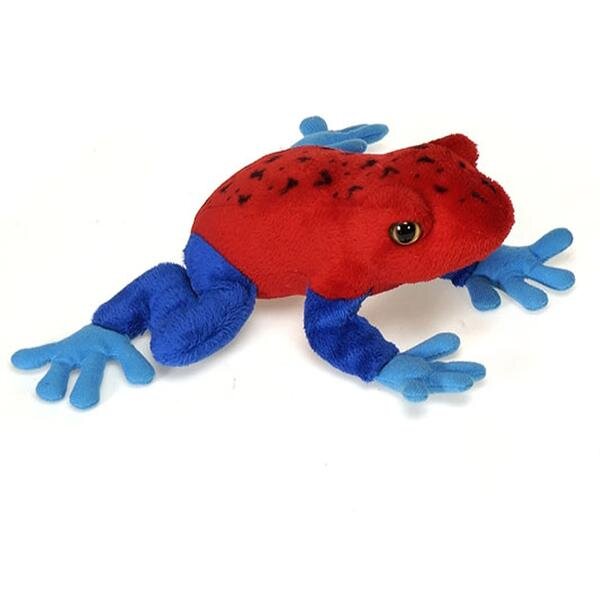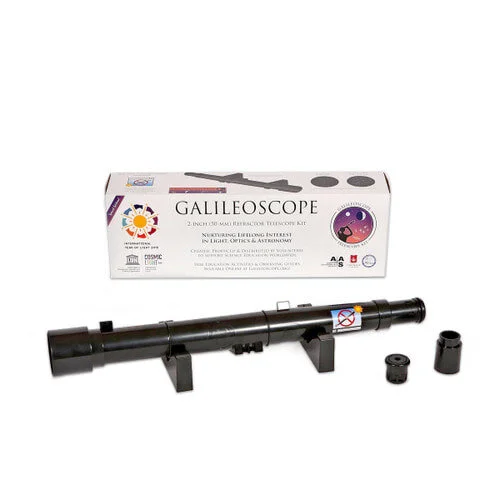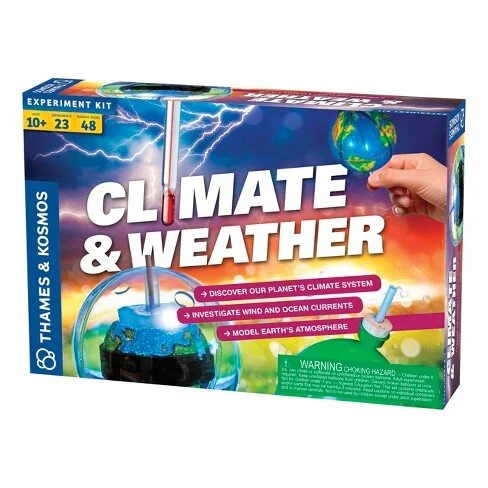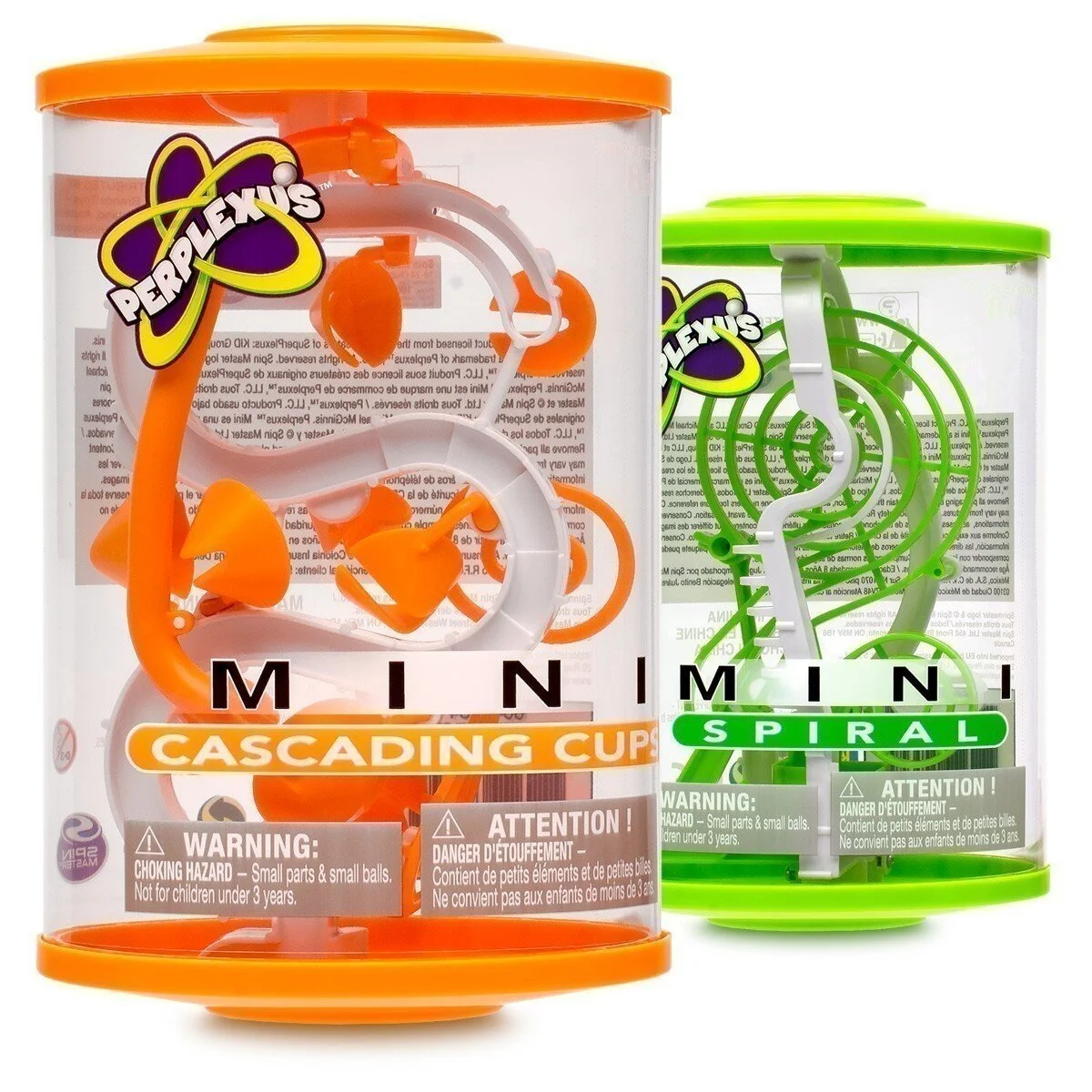Looking for unique holiday gifts? We’ve got over a dozen ideas to engage and delight the future scientists in your life! The 12 Days of STEM Gifts come recommended by our staff and are inspired by favorite Science Mill exhibits. Everything is available from the museum’s Science Store on site (open during museum hours) or online, with shipping to anywhere in the U.S. Plus, these gifts give back: your purchases help to fund our science programs for Texas youth.
DAY 1
Colleen, a Science Mill STEM Education Specialist, loves making chemical reactions and explosions at the museum’s Chemical Reaction exhibit. She recommends the Chemistry C500 kit, with 28 classic experiments. This hands-on kit reveals that chemistry isn’t just for laboratories; it helps explain the chemistry behind everyday events all around us.
DAY 2
Sherry, our Visitor Services Manager, is proof that our new Bubble Station is truly fun for all ages. “I’m always available to ‘test’ the bubble mix,” she says. “Who doesn’t love bubbles?” For the bubble fans in your life, Sherry recommends the Bubble Blower: it lets you build your own bubble-blowing machine using an electric motor, fan, gearbox and soap bubble wheel.
DAY 3
Animal-lover Ryan, our Animal Care Technician, is especially fond of the colorful panther chameleon in the Masters of Disguise exhibit. Now you can grow your own lizard, with the Ginormous Grow Lizard! Place them in water and they grow from 12½” to up to 36” in length.
DAY 4
The 365 Science Activities Book gives you a year's worth of science fun! There's a new scientific discovery to be made each day in this inspiring book full of easy and exciting experiments—for example, split light into different colors using glass and white paper. (Our Family Memberships are another great way to share a year of science fun!)
DAY 5
Emilee, our STEM Outreach Specialist, loves walking through the Mill’s Aquaponics Greenhouse. If you have a budding gardener in your life, check out the Mini Fairy Garden for younger kids or the Thirsty Plant Kit, which allows kids 8+ to build their own solar-powered moisture sensor.
DAY 6
The Banana Piano is a visitor favorite at the Science Mill. You can recreate it at home—or anywhere else—with Makey Makey GO! With the snap of an alligator clip, the tinkerer in your life can transform everyday objects into Internet touchpads and invent anytime and anywhere!
DAY 7
Rachel, our STEM Education Specialist, loves seeing the look of wonder on kids’ faces when they’re really engaged in an exhibit. Foster that same sense of curiosity at home with Rachel’s gift pick: the Kids First Stepping into Science Kit! With 25 fun, hands-on experiments and a 48-page guidebook, this kit introduces the scientific method through five topics: nature, physics, chemistry, air and water.
DAY 8
Know an aspiring astronaut? After checking out our display of NASA Student Launch Initiative Rockets for inspiration, pick up the Galileoscope—a build-your-own telescope kit! View the night sky just as Galileo did 400 years with this high-quality kit, developed by leading astronomers, optical engineers and science educators. For a great stocking stuffer, grab some freeze-dried astronaut fruit, too.
DAY 9
Mary, the Science Mill’s Assistant Director of Education, believes the best way to learn is to play! That’s why her top gift pick is the Make a FLINGER BOT kit. This kit has everything from hydraulics to propellers, similar to our Incredible Ball Machine exhibit. Now you can make your own Rube Goldberg-like contraption to fling objects with abandon!
DAY 10
Since their debut in Masters of Disguise this summer, the poison dart frogs have become a new staff and visitor favorite. Take home these cute-but-deadly creatures in plush frog form—and check out the huggable axolotl and turtle plushies, too!
DAY 11
Bradley, the Science Mill’s Exhibit Design Technician loves the hands-on, robotic elements of the Mill’s Robotic Marionette. For kids who dream of creating their own robot, the Science Store offers a variety of DIY robotic toys and kits, including the Motorized Robot Hand.
DAY 12
Our Fossil Dig is always a big hit with young visitors. Did you know we have a plethora of prehistoric presents for potential paleontologists in the Science Store? From a dinosaur pencil bag to a dino hand puppet to dinosaur putty, these stocking stuffers will have them roaring with delight!
For more ideas, see our Science Outside Gift Guide.
























































